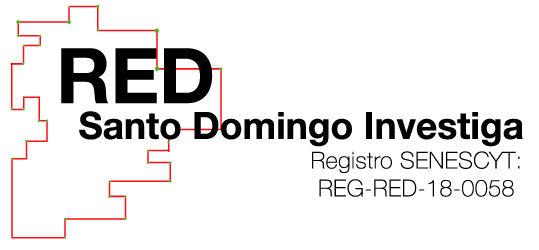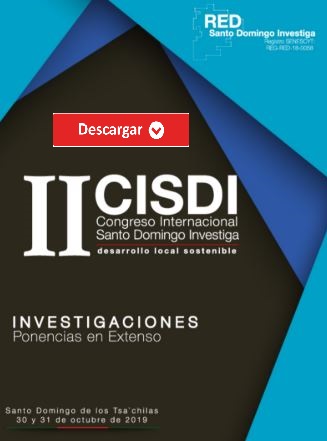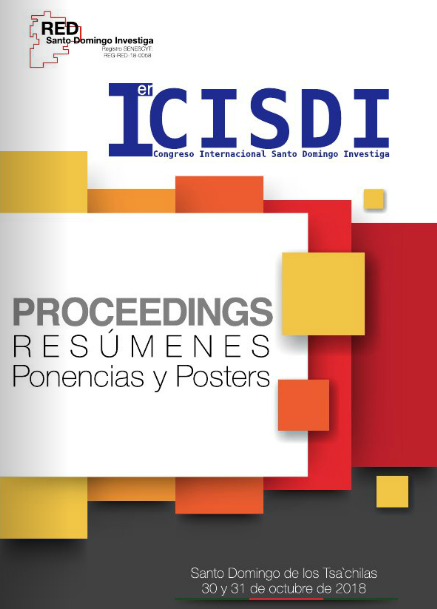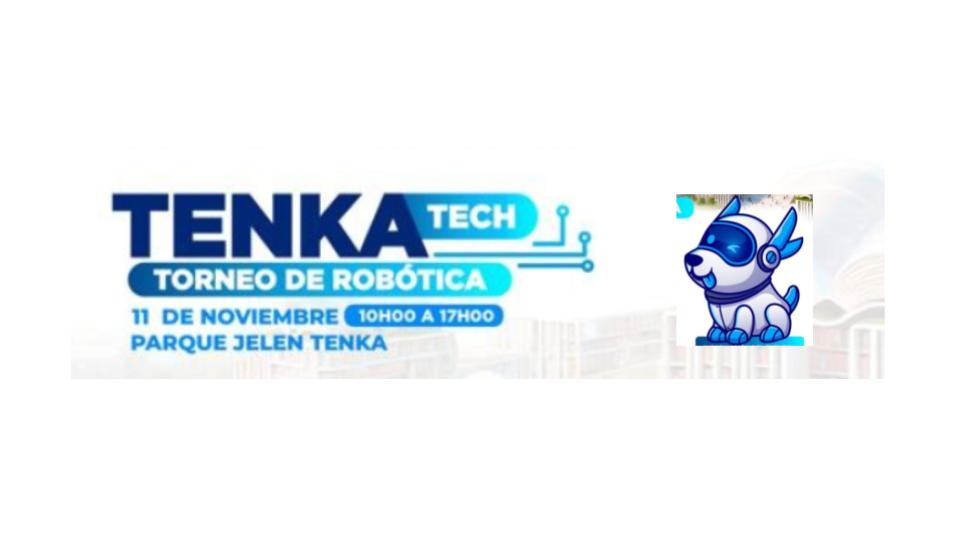EVALUACIÓN DEL TIEMPO DE CONSERVACIÓN DE ZAPALLO (Cucurbita máxima Dutch) EN ALMÍBAR A PARTIR DE LAS VARIEDADES CUCURBITA MÁXIMA TIPO CINDERELLA Y CUCURBITA ARGYROSPERMA
EVALUATION OF THE TIME OF CONSERVATION OF ZAPALLO (Cucurbita maximum Dutch) IN ALMÍBAR FROM THE VARIETIES CUCURBITA MAXIMUM TYPE CINDERELLA AND CUCURBITA ARGYROSPERMA
Ing. Guisella Elizabeth Pincay Aguirre
Esta dirección de correo electrónico está protegida contra spambots. Necesita activar JavaScript para visualizarla.
Instituto Tecnológico Superior Calazacón
Ing. Daniel Fernando Medina Rodríguez
danielomr123Esta dirección de correo electrónico está protegida contra spambots. Necesita activar JavaScript para visualizarla.
Unidad Educativa Julio Moreno Espinosa
Ing. Miguel Angel Arias Jara
Esta dirección de correo electrónico está protegida contra spambots. Necesita activar JavaScript para visualizarla.
Instituto Tecnológico Superior Calazacón
RESUMEN
La presente investigación se realizó en Santo Domingo - Ecuador, la misma consistió en comparar dos tipos de variedades de zapallo (Curcubita máxima Dutch) Cucurbita Máxima tipo Cinderella y Cucurbita Argyrosperma del Cantón San Vicente Provincia de Manabí, con la finalidad de evaluar el tiempo de conservación del zapallo en almíbar, mediante una nueva alternativa de industrialización de esta materia prima, el cual brinda beneficios nutricionales y económicos. El zapallo es una hortaliza que en nuestro país no se está explotando en el área alimenticia e incluso por el desconocimiento se desperdicia como alimento de animales. Esta materia prima podría ser una fuente de desarrollo económico del Ecuador si se le diera la importancia que requiere. En el Cantón San Vicente Provincia de Manabí en la época de invierno, el zapallo que se consume es con un peso de alrededor de 15 a 20 kg y tiene el precio de 0.50 ctvs., por el hecho de que existe menos demanda y hay gran cantidad de zapallo que se desperdicia, llevándolo finalmente al consumo animal. Para ello se aplicó un diseño de bloques completamente al azar (DBCA), con arreglo factorial A*B*C (2*3*3) con tres repeticiones, siendo las variables: A (Variedad), B(Temperatura de escaldado) y C (Tiempo de escaldado), cuyos mejores tratamientos fueron la variedad Canalón sometido a una temperatura de escaldado de 85°C por 20 min (A1B2C3) y la variedad Canalón a una temperatura de 90°C por 40 min (A1B3C1). Mediante pruebas se obtuvo como mejor tratamiento la variedad Canalón sometido a una temperatura de escaldado de 85°C por 20 min (A1B2C3) con los siguientes porcentajes de aceptación catalogado como muy bueno en cuanto al color del 50%, olor de 46.67%, sabor del 56.67% y consistencia del 53.33%. Además, se realizaron los análisis bromatológicos y microbiológicos a partir de su elaboración y 15 días de almacenamiento, comprobando la efectividad e inocuidad del producto. Cabe recalcar que la materia prima del producto antes mencionado fue transportada desde la provincia de Manabí, por ello su precio es bajo y el producto es rentable, ya que la conserva en almíbar presentó un costo de producción de 0.81 Ctvs. por envase de 250 g.
Palabras clave: zapallo, conserva, almíbar, Cucurbita, industrialización.
The present investigation was carried out in Santo Domingo - Ecuador, it consisted in comparing two types of zapallo (Curcubita maximum Dutch) Cucurbita Máxima type Cinderella and Cucurbita Argyrosperma of the Canton San Vicente Province of Manabí, in order to evaluate the time conservation of squash in syrup, through a new alternative to industrialization of this raw material, which provides nutritional and economic benefits. The squash is a vegetable that in our country is not being exploited in the food area and even ignorance is wasted as animal feed. This raw material could be a source of economic development for Ecuador if it were given the importance it requires. In San Vicente Canton, Manabí province, during the winter season, the squash that is consumed is weighing around 15 to 20 kg and has the price of 0.50 ctvs., Due to the fact that there is less demand and there is great amount of squash that is wasted, finally leading to animal consumption. For this, a completely randomized block design (DBCA) was applied, with a factorial arrangement A * B * C (2 * 3 * 3) with three repetitions, the variables being: A (Variety), B (Scalding temperature) and C (Scalding time), whose best treatments were the Canalón variety subjected to a blanching temperature of 85 ° C for 20 min (A1B2C3) and the variety Canalón at a temperature of 90 ° C for 40 min (A1B3C1). By means of tests, the gutter variety subjected to a scalding temperature of 85 ° C for 20 min (A1B2C3) with the following percentages of acceptance cataloged as very good in terms of color of 50%, odor of 46.67%, taste was obtained as best treatment. 56.67% and consistency of 53.33%. In addition, bromatological and microbiological analyzes were carried out from its preparation and 15 days of storage, verifying the effectiveness and safety of the product. It should be noted that the raw material of the aforementioned product was transported from the province of Manabí, therefore its price is low and the product is profitable, since the preserved in syrup presented a cost of production of 0.81 Ctvs. per 250 g container.
Key Words: squash, canned, syrup, Cucurbita, industrialization.

















